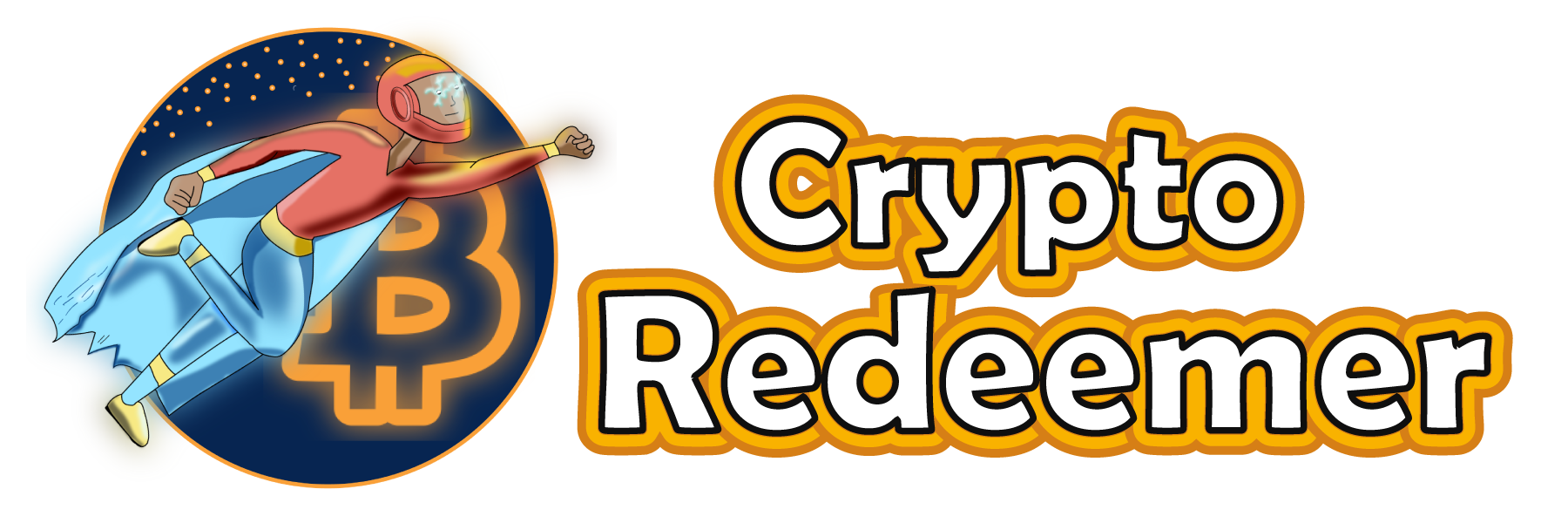Let’s break down the key difference between altcoins and meme coin. In today’s world of cryptocurrency, there are lots of different digital coins you can invest in.
It’s important for new investors to know what makes these two types of coins different, so they can make smart choices with their money.
Which Coins Are Meme Coins

Meme coins, as the name suggests, are digital currencies that are primarily driven by internet memes, social media hype, and online communities rather than fundamental value or technological innovation.
These coins often feature catchy names, playful logos, and viral marketing campaigns aimed at capturing the attention of meme-loving investors.
Suggested: Four crypto’s that are 10x better than Bitcoin
One of the most famous examples of a meme coin is Dogecoin (DOGE), which was initially created as a joke based on the popular “Doge” meme featuring a Shiba Inu dog. Other notable meme coins include Shiba Inu (SHIB), SafeMoon (SAFEMOON), and Floki Inu (FLOKI).
Examples of Altcoins

Altcoins, short for alternative coins, encompass a broad spectrum of cryptocurrencies that are not Bitcoin (BTC).
While Bitcoin remains the dominant cryptocurrency by market capitalization and mainstream adoption, altcoins offer alternative use case, features, and functionalities.
Examples of altcoins include Ethereum (ETH), the second-largest cryptocurrency by market cap, which introduced smart contracts and decentralized applications (DApps) to the blockchain ecosystem.
Other prominent altcoins include Uniswap (UNI), Osmosis (OSMO), Cardano (ADA), and Solana (SOL), each offering unique value propositions and targeting specific niches within the digital asset space.
Key Difference Between Altcoins and Meme coin: side by side
| Aspect | Altcoins | Meme Coins |
|---|---|---|
| Purpose | Offer alternative functionalities and use cases to Bitcoin | Primarily driven by internet memes and social media hype |
| Examples | Ethereum (ETH), Uniswap (UNI), Cardano (ADA) | Dogecoin (DOGE), Shiba Inu (SHIB), SafeMoon (SAFEMOON) |
| Fundamental Value | Often backed by technological innovation and development | Relies heavily on viral marketing and online communities |
| Market Perception | Generally viewed as legitimate investments with potential utility | Often regarded skeptically, sometimes referred to as ‘shitcoins’ |
| Price Volatility | May experience volatility but usually influenced by market trends and adoption | Prone to extreme price fluctuations driven by speculative trading and social media mentions |
Understanding these differences can help investors make informed decisions based on their investment goals and risk tolerance.
TO LEARN MORE JOIN TELEGRAM CHANNEL: STAY UPDATED

Why Are Meme Coins Called Shitcoins
The term “shitcoin” is often used colloquially to refer to cryptocurrencies with little to no intrinsic value, questionable utility, or speculative hype driving their prices.
While meme coins fall under this category, not all meme coins are necessarily considered “shitcoins.” However, many meme coins have earned this moniker due to their volatile price movements, lack of tangible use cases, and susceptibility to pump-and-dump schemes orchestrated by manipulative actors.
Despite their humorous origins and viral appeal, meme coins are often viewed skeptically by traditional investors and industry experts who prioritize fundamental analysis and long-term sustainability.
How to Identify a Meme Coin
Identifying a meme coin amidst the vast array of cryptocurrencies can be challenging, but several key indicators can help investors distinguish meme coins from legitimate projects. Firstly, meme coins typically have eccentric names, logos, and branding that evoke internet culture and humor.
Additionally, meme coins often lack a clear whitepaper outlining their technology, roadmap, and underlying value proposition, relying instead on memes and social media hype to attract attention.
Furthermore, meme coins tend to exhibit extreme price volatility driven by speculative trading activity and social media mentions rather than organic demand or adoption.
Investors should exercise caution when considering meme coins as investment opportunities and conduct thorough research into the project’s fundamentals, team, and community before making any financial decisions.

In conclusion, while both altcoins and meme coins contribute to the diversity and innovation of the cryptocurrency ecosystem, they represent distinct investment categories with varying levels of risk and reward.
Altcoins offer genuine technological advancements and utility, while meme coins thrive on internet culture and speculative fervor.
By understanding the difference between these two types of cryptocurrencies and conducting due diligence, investors can make informed decisions to navigate the ever-evolving landscape of digital assets.




